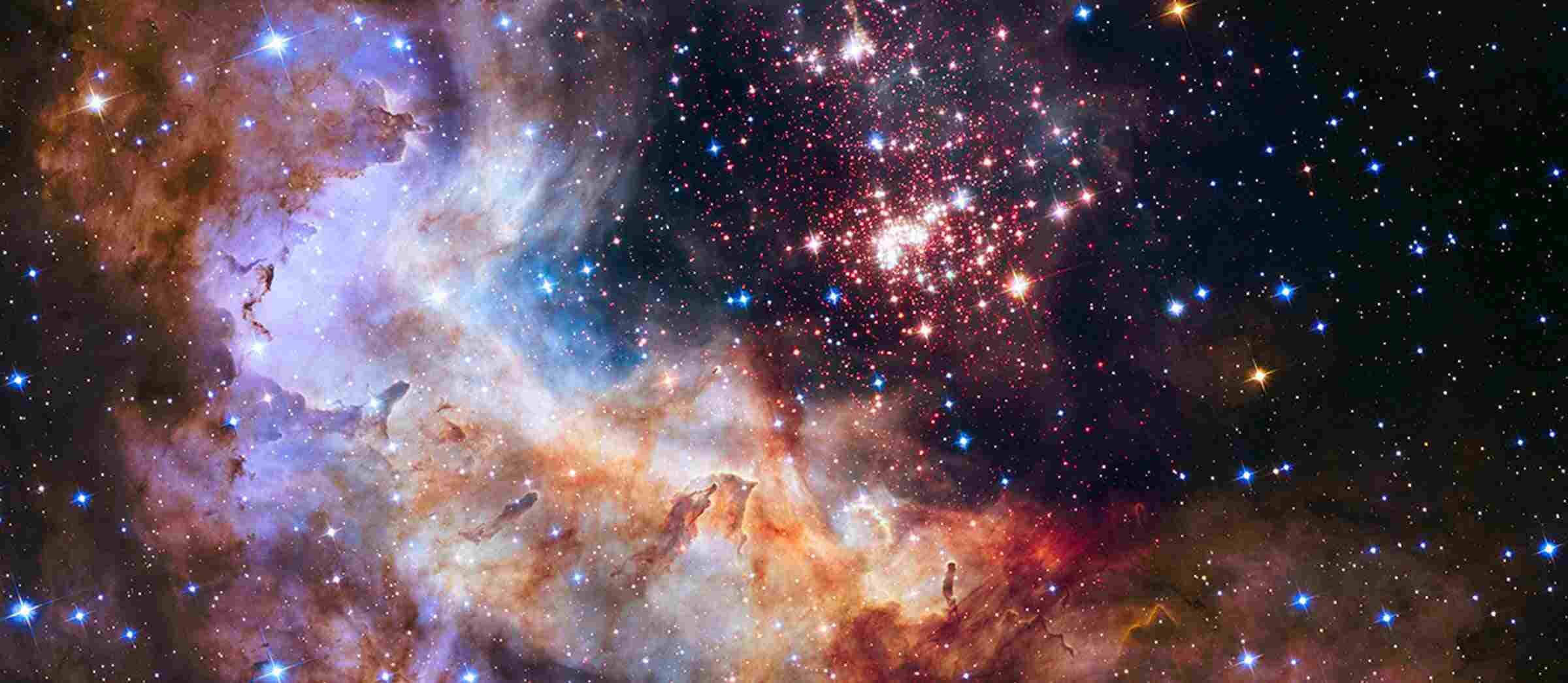
When gazing up at the night sky, one cannot help but marvel at the breathtaking beauty of stars. These celestial bodies have captivated humanity for centuries, sparking both scientific curiosity and artistic inspiration. While stars may appear as mere twinkling points of light to the naked eye, they hold a wealth of information within their brilliant glows. In this comprehensive guide, we will delve into the fascinating world of stars, specifically exploring the different colors they exhibit and the valuable insights these colors provide to astronomers and scientists.
Stars come in a mesmerizing array of colors, ranging from fiery reds to dazzling blues. These colors are not just a matter of aesthetics; they carry vital clues about a star’s temperature, composition, and lifecycle stage. By studying these hues, astronomers can unravel the secrets of the universe and gain a deeper understanding of the cosmos.
Also Read: How To Use Horoscope For Predicting Hurdles In Love Marriage?
Blue stars are among the hottest in the universe. Their brilliant blue hue signifies incredibly high temperatures, often exceeding 30,000 degrees Celsius. These scorching temperatures are indicative of their youthful age, as blue stars burn through their nuclear fuel at an accelerated pace. They are relatively short-lived compared to their cooler counterparts, with lifespans measured in millions of years.
Blue stars also emit an abundance of ultraviolet radiation, which has a significant impact on their surroundings. This radiation plays a crucial role in ionizing surrounding gas clouds, triggering the formation of new stars and influencing the chemistry of planetary systems.
Also Read: Do Many Debilitated Planets In The Horoscope Make It Unlucky?
In contrast to blue stars, red stars emanate a warm, ruddy glow. This red hue is a testament to their lower surface temperatures, typically ranging from 3,000 to 4,000 degrees Celsius. Red stars are often older and more mature, having exhausted a significant portion of their nuclear fuel. This extended lifespan allows them to offer valuable insights into the latter stages of stellar evolution.
Some red stars belong to the class of red giants, which have expanded significantly in size as they transition into the final phases of their existence. These giants pulsate rhythmically, and their color variations can provide astronomers with information about their internal processes and potential companions.
Yellow stars, such as our very own Sun, fall within an intermediate temperature range. Their color is a reflection of their balanced energy output and temperature. Yellow stars are of particular interest to scientists because they often host planetary systems, and their proximity to Earth allows for detailed observations.
The Sun’s yellow hue indicates that it is in the prime of its life, with an estimated remaining lifespan of several billion years. This stability provides a favorable environment for the development of life, as exemplified by Earth’s position in the habitable zone around the Sun.
Stellar colors are not only linked to temperature but also to a star’s composition. The chemical elements present within a star influence the wavelengths of light it emits, creating distinct color signatures. Spectroscopy, a technique used to analyze the light emitted by stars, enables scientists to decipher their elemental composition with remarkable precision.
Hydrogen and helium are the most abundant elements in stars and play a pivotal role in determining their colors. Blue stars, for instance, are primarily composed of helium, which absorbs and scatters shorter wavelengths of light, leading to their characteristic blue appearance. On the other hand, red stars contain a higher proportion of hydrogen, allowing them to emit longer wavelengths of light, giving rise to their warm hues.
A star’s color is a powerful indicator of its stage in the lifecycle. It provides astronomers with insights into the star’s mass, age, and potential future developments.
Main sequence stars, like our Sun, spend the majority of their lives fusing hydrogen into helium in their cores. Their colors and temperatures remain relatively stable during this phase. However, as they gradually deplete their hydrogen fuel, they may evolve into giants or supergiants, altering their colors and offering scientists valuable information about their progress.
The color changes observed during a star’s explosion in a supernova event can provide essential data about its composition and the elements it produces through nucleosynthesis. These observations contribute to our understanding of element distribution in the universe and the creation of heavy elements that are essential for the formation of planets and life.
In conclusion, the myriad colors of stars are not just a spectacle to behold but a treasure trove of information for astronomers. These colors hold the key to deciphering a star’s temperature, composition, and lifecycle stage. From the scorching blues of youthful vigor to the warm reds of maturity, each hue tells a story of celestial evolution. As we continue to peer into the night sky with wonder and curiosity, may the vibrant palette of stars inspire us to unravel the mysteries of the cosmos.
Hello! Thank you so much for your incredible support! I’m Tanmoyee Singha Roy, the content writer at Astrotalk. Your love keeps me motivated to write more. Click here to explore more about your life with our premium astrologers and start an amazing journey!
For interesting astrology videos, follow us on Instagram
1,244
1,244




Choose your and your partner's zodiac sign to check compatibility